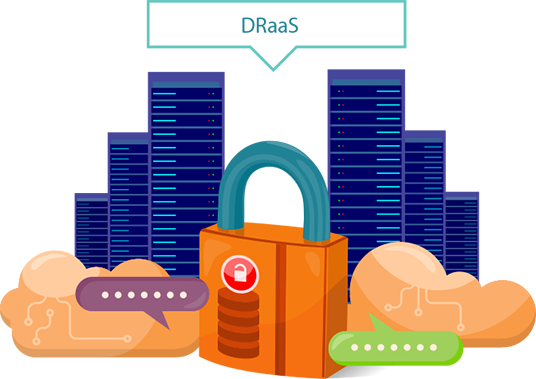At this juncture it must be stated that RPO and RTO are two of the most critical parameters of any disaster recovery strategy. The key to any disaster recovery plan involves bringing IT systems back to normal and restoring them according to the service level agreements (SLAs).
To get things clear, let us try to understand these terminologies better.
RPO – This represents the duration of time that might elapse during a disruption before the quantity of data lost during the period exceeds the business continuity plans allowable threshold.
RTO - This denotes the interval of time and a service level within which the business process must be restored post disaster so that unacceptable consequences do not occur. RTO determines how fast a business can resume its operations by spinning up compute resources and making the data live again. In other words, RPO relates to the amount of data loss that must be reentered to keep the business going, and RTO denotes the time than can pass before disruption really comes into effect.
 Talk to Experts
Talk to Experts
 Live Chat
Live Chat












